DST milli-TD
Fish Archival Tag with Temperature and Depth Sensors
Small yet high performing archival tag with long life and large memory
DST milli-TD is a reliable temperature and depth archival tag, designed for long term behavior and migration studies of fish and marine animals.
Key features
- Long life and large memory
- Depth sensors from shallow to deeper water
- Fish implantation or external attachment
- Tag holder kit ensuring easier and safer attachment
- Customized text on housing
- Description
Long life and large memory
This fish archival tag can store 1.4 million measurements in total and measures at a user defined interval, as fast as every second. Memory and battery life can last for 2.5 years if sampling at a 2 minute interval. The tag size is 39.4 mm x 13 mm, weighing 13 grams. The logger can be set to record with multiple intervals, shifting between different intervals during the measuring period.
Application
The DST milli-TD data storage tag is designed as an economical fish archival tag for migration and dive behavioral studies of fish and marine animals over a long period of time. The tag can be implanted or attached externally. It can also be used as a standalone temperature depth logger in various situations. For using the logger on a mooring or subsea gear, click here.
Depth sensors from shallow to deeper water
DST milli-TD tag can be calibrated up to 800 meters. For measuring at greater depths see the DST centi-TD page. Customers choose between depth calibration up to: 50 m, 100 m, 250 m, 500 m or 800 m. The shallower the range the better the resolution and accuracy.
Fish implantation or external attachment
The logger is designed as an implantable tag and can be implanted in the abdominal cavity. It can also be attached externally on a fish or marine animal using a tag holder kit, ensuring easier and safer attachment.
Customized text on housing
For tag and release of animals into the wild, the tags can have a customized text on the housing, for recapture purposes. It is important to have the return information when the tags are used on commercially fished species, so that fishermen can return a tag with valuable data to the scientist. Normally there is a reward for return of a tag.
Spaghetti tag for spotting fish
When the DST logger is implanted in fish it is possible to have a yellow plastic tube, a spaghetti tag, attached to the DST. The tube sticks to the exterior of the fish, making it easier for fishermen to spot the tagged fish.
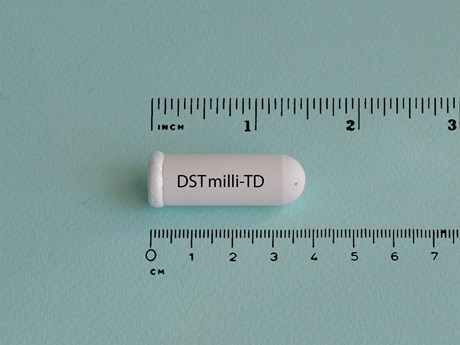




.jpg?w=82&h=62&mode=crop)




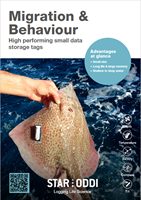
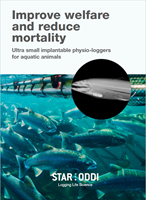
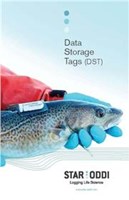
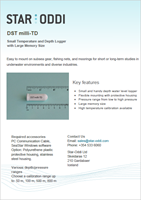
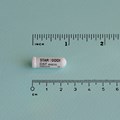
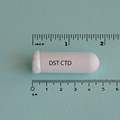
.jpg?w=120&h=120&mode=crop)